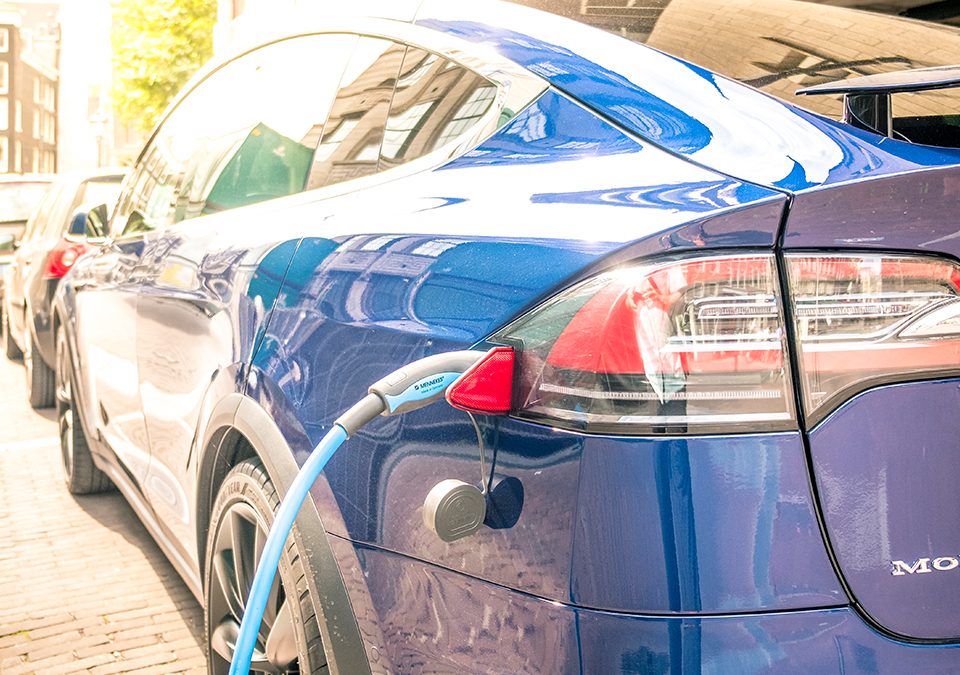In Extreme Heat and Catastrophic Wildfires, Natural Gas Keeps California’s Lights On
Op-ed: Bringing the Miracle of Electricity to Bolivia
September 24, 2020Russian Hackers Target Grid
October 6, 2020“Solar power plunges as smoke shrouds Calif.” “Wildfire Smoke Decreases California Solar Energy Output.” “When Smoke Blotted Out the Sun, Rooftop Solar Dithered.” These were just some of the headlines detailing how California dealt with rolling blackouts during an unprecedented period of extreme heat and catastrophic wildfires.
Last month, we wrote about California’s blackouts. Without a doubt, the series of rolling blackouts clearly illustrated one thing: the confluence of extreme heat, catastrophic wildfire, and a heavy dependence on solar and wind proved the crucial role natural gas plays in keeping California’s lights on.
California arguably has the most ambitious “green” agenda in the United States. The Golden State has committed itself to a zero-carbon power mix by 2030, with wind and solar accounting for 60% this goal. The remaining 40% comes from other zero-emission and traditional renewable sources like nuclear and hydropower. At the moment, the state only receives about 32% from wind and solar and about 55% of its power from zero-emission sources.
Unfortunately, as renewable energy has increased throughout the state to meet these ambitious targets, it has created a grid where large portions of the power generation mix are unavailable when they’re needed the most. Wildfires exponentially added to this reality in August when smoke obfuscated solar panels, significantly reducing their electricity production.
According to the U.S. Energy Information Administration, this uncertainty has forced the state to import about a third of its power from neighboring regions like the Pacific Northwest. Unfortunately, California’s neighbors during last month’s outages were also dealing with extreme temperatures and didn’t have any excess energy to sell. The only option? Rolling blackouts.
This experience makes one thing very clear. Given their intermittent nature (the sun doesn’t always shine and the wind isn’t always blowing), renewable energy projects – like wind and solar – need to work in conjunction with traditional sources of energy.
As we discussed in January, pumped hydropower storage still accounts for roughly 95% of energy storage. Even with new projects in the planning stages, including the Eagle Mountain Project in Southern California, there still isn’t enough storage to work well with the vast amounts of solar now online in California.
We’ve discussed the merits of large-scale battery storage technology, but such technology hasn’t evolved to a point where it could be considered a reliable storage source. Small modular nuclear reactors show promise in working in tandem with renewables, but that technology is also still in its infancy.
Until these technologies are ready for prime-time, natural gas plants that can ramp up and down quickly are the only option for bridging the gaps and keeping the lights on, especially in states with more aggressive renewable deployment. As the rolling blackouts in August illustrated, it’s essential to have a homegrown source of reliable generation fuel like natural gas when the electric grid is pushed to the brink of its reliability limits.
That’s just one reason why California’s Water Resources Board voted unanimously on September 1st to keep four natural gas-fired power plants, originally scheduled for closure, online for a few more years.
Keeping these plants online is expected to help prevent future blackouts in the state. For Californians, this is welcome news. It should also serve as a wake-up call for policymakers that the impressive advances in wind and solar power production technologies haven’t been complemented by equally impressive advances in battery storage technologies to ensure grid reliability. They ignore this stark reality at their own political peril.


